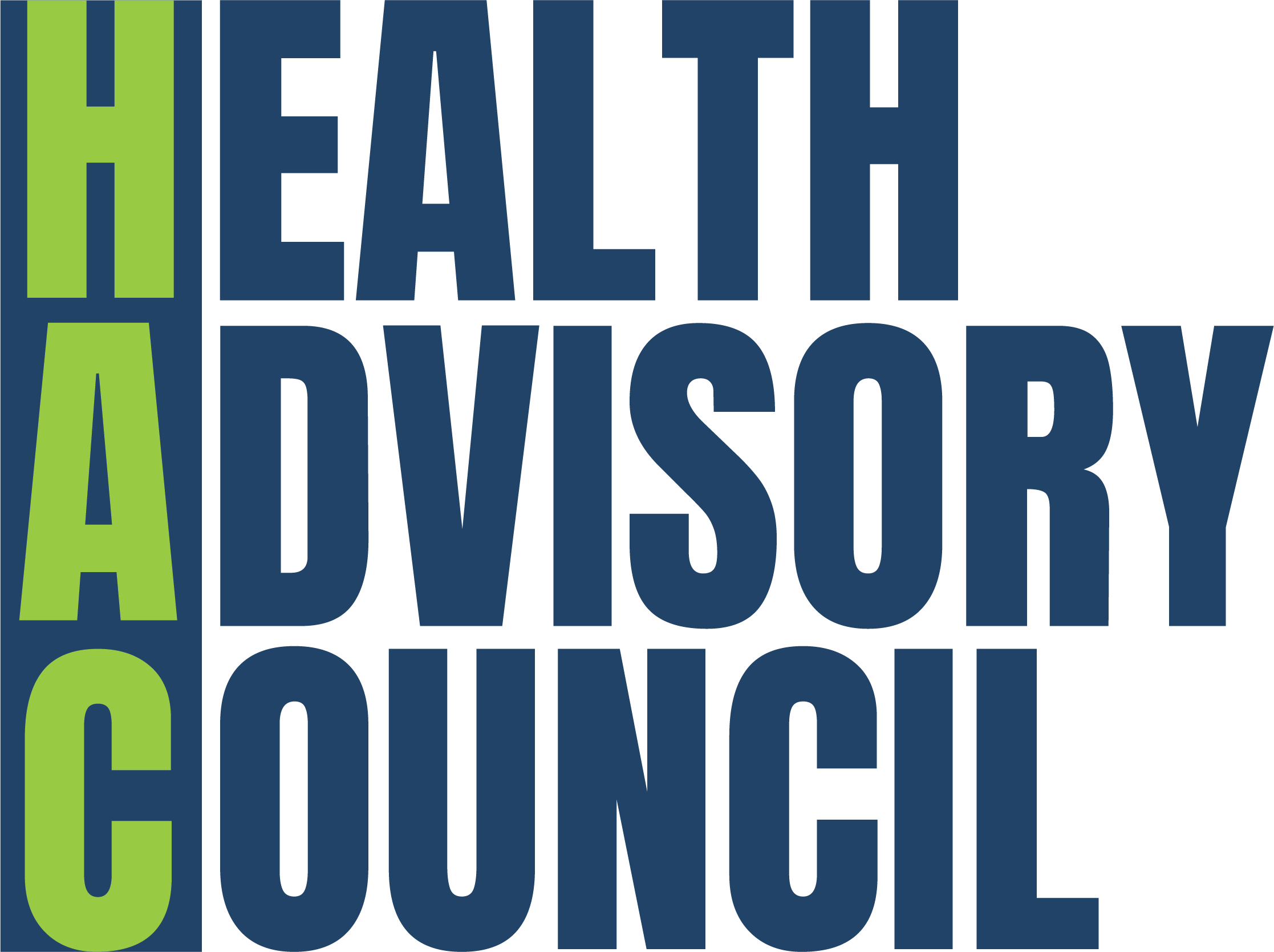New study reveals disturbing price variation within chain retailers – National Consumers League
Chain drugstores are convenient, but are their prices fair and transparent? While savvy consumers know comparison shopping between physical retailers and online outlets is essential to saving money, new research reveals that comparing in-store prices at different locations of the same chain is just as important.
With drugstores expanding their offerings and vying for more of our dollars, Change to Win Retail Initiatives in partnership with the National Consumers League surveyed 485 Walgreens, CVS and Rite Aid locations throughout the country to see how consistent in-store pricing is within each chain and how shoppers can get the best deals.
Key findings for all markets surveyed include:
- Walgreens prices were all over the map. Walgreens stores in a single market were up to five times more likely than a competitor to charge different prices for the same item. This price variation was not limited to one or two items; researchers encountered storewide price differences at Walgreens at a rate several times higher than the other chains in most markets.
- Price differences at Walgreens often meant consumers were paying more. In every market surveyed, Walgreens had the greatest percentage of products that cost at least 10 percent more than the market’s lowest price.
- Walgreens had the biggest price differences between its stores. In all markets surveyed, Walgreens had twice the number of products with a 20 percent or greater price range than did CVS. Rite Aid had virtually no products with that big of a gap. Walgreens also had significantly more items with a price range of a dollar or greater.
The study includes several tips for how shoppers can get the best price at drugstore chains. Tips include avoiding Walgreens flagship stores and asking managers about price matching.
Watch your wallet.
Shoppers can’t count on the price on the shelf to be the best the chain offers—especially at Walgreens. Keep track of the prices of your drugstore staples and shop around to find the best ones.
Avoid Walgreens “flagship” stores.















